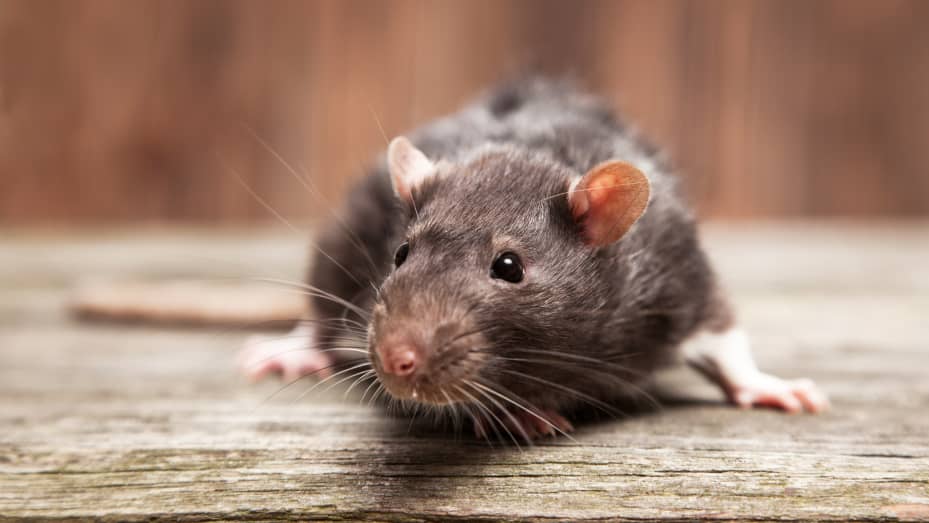Rats are one of the most common rodent species found in households and communities throughout the world. These rodents belong to the genus Rattus and are known for their adaptability and high reproductive rates. There are several species of rats, but the most commonly encountered include the black rat (Rattus rattus) and the brown or Norway rat (Rattus norvegicus).

Physical Characteristics
The physical characteristics of rats vary depending on the species and subspecies. However, there are some general features shared by most rats. They have long, pointed snouts, large ears, and a long tail that is about as long as their body. The fur of rats can be white, gray, brown, or black, and they have soft, smooth, and shiny fur. Rats are generally small to medium-sized rodents, with an average length of 6 to 10 inches (15 to 25 cm) and a weight of 4 to 16 ounces (115 to 460 grams). Black rats are typically smaller and more agile than brown rats. They have black or brown fur and a slender body with a pointed nose. Their tails are longer than their bodies, and their ears are large and prominent. Brown rats are larger and bulkier than black rats and have a blunt nose. They have brown or gray fur that is coarser than that of black rats. Their tails are shorter than their bodies, and their ears are smaller and less prominent.
Habitat and Distribution
Rats are highly adaptable and can thrive in a wide range of habitats, including fields, forests, urban areas, and households. They are found on every continent except for Antarctica and are particularly common in tropical regions. Rats are typically nocturnal animals and are active during the night. During the day, they will hide in burrows, crevices, or other sheltered areas.

Behavior and Diet
Rats are social animals and live in groups called colonies. The size of a colony can vary depending on the availability of food and the habitat. The colonies are typically led by a dominant male and female who breed with the other members of the colony. Rats are known for their high reproductive rates and can breed throughout the year. Females can have up to 12 litters per year, with each litter containing 6 to 12 pups. Rats are omnivores and feed on a wide range of food sources. Their diet includes vegetables, fruits, grains, and meat. They are known to eat anything that is available, including garbage, pet food, and birdseed. Rats have powerful front teeth that they use to gnaw and chew through wood, plastic, and other materials. Rats are known for their intelligence and problem-solving abilities. They are capable of learning from their experiences and can remember the location of food sources and potential dangers. Rats are also highly curious and will investigate new objects and environments.
Health Risks
Rats can pose health risks to humans and pets. They are carriers of several diseases, including leptospirosis, Salmonella, and rat-bite fever. These diseases can be transmitted through contact with rat urine, feces, or saliva. Rats can also carry fleas and ticks that can spread diseases to humans and pets. Rats can cause damage to homes and buildings by gnawing through wood, insulation, and electrical wiring. This can lead to structural damage and pose a fire hazard. Rats can also contaminate food and water sources with their urine and feces.

Control Methods
There are several methods for controlling rat populations in households and communities. These include:
Traps – snap traps, live traps, and glue traps can be used to catch and remove rats from an area.
Poison – rat poison can be used to kill rats, but it should be used with caution as it can also pose a risk to pets and wildlife.
Exclusion – sealing off entry points and repairing damage to buildings can prevent rats from entering homes and buildings.
Sanitation – keeping homes and outdoor areas free from clutter and garbage can reduce the availability of food sources for rats.
Conclusion
Rats are a common rodent species found in households and communities throughout the world. They are highly adaptable and can thrive in a wide range of habitats, from urban areas to forests. Rats are social animals and live in colonies led by a dominant male and female. They are omnivores and feed on a wide range of food sources. Rats can pose health risks to humans and pets and can cause damage to homes and buildings. There are several methods for controlling rat populations, including traps, poison, exclusion, and sanitation.